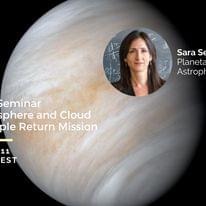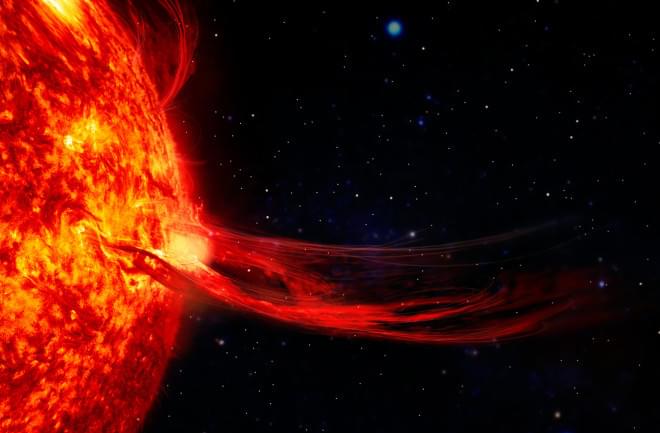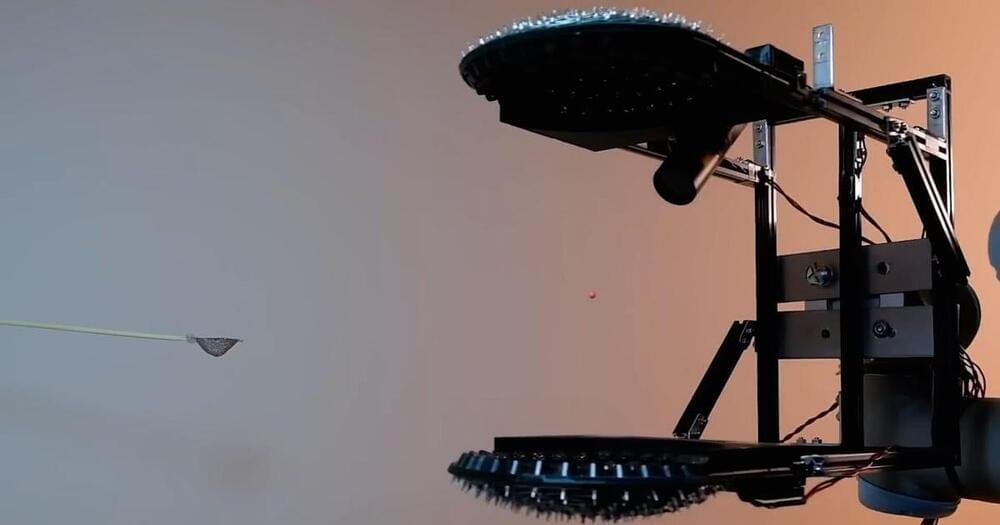An analysis of the 200 largest fossil fuel companies suggests that just 10 shareholders could influence the fate of nearly half of the world’s remaining fossil fuels.




Thu, Aug 11 at 6 PM CDT.
Join our 60min Seminar with Sara Seager, PhD to learn about design, engineering, and upcoming mission of high altitude balloon to sample cloud particles from Venetian atmosphere!
https://www.eventbrite.com/e/multiplanet-seminar-venus-cloud…3644460177

You’ve likely heard the story by now: As the Sun grows old, it will swell up into a red giant. And as it expands, it will certainly swallow Mercury and Venus — and potentially Earth and even Mars — along the way.
This process, called planetary engulfment, is likely common across the galaxy, as aging stars eat up their own planets (and even companion stars or brown dwarfs). But astronomers still don’t understand exactly what happens to an unlucky planet that suddenly finds itself inside its parent star. Now, complex models called hydrodynamical simulations are shedding some light on the phenomenon, showing that factors such as a planet’s mass and the age of its star when it’s engulfed can have profound effects on what happens as the world is overtaken.

The biggest geomagnetic storm in recorded history happened more than 150 years ago. Now, we’re entering yet another period of solar maximum.
It was just another September night in 1,859 when Richard Carrington and Richard Hodgson witnessed a remarkable event. The British astronomers weren’t together, but both happened to be peering at the Sun through telescopes at the precise moment that a massive ejection spewed from the fiery star. Within a few days, others on Earth noticed colorful aurora streaking across the skies and telegraph lines — the advanced technology of the day in Europe and North America — erupting in sparks.
The solar flare came to be known as the Carrington Event, named after one of the two astronomers who first described it. Despite occurring more than 150 years ago, it still stands as the strongest known geomagnetic storm (though we lack measurements to say precisely how big it was).
Earth has felt the effects of a few significant geomagnetic storms since then, all of which caused power blackouts and satellite damage. As a result, power companies and satellite manufacturers have built resistance into our technology. But what would happen if another Carrington Event-level solar flare occurred today? Would we be ready for it?

View insights.
The James Webb Space Telescope (JWST) has taken a picture of one of the strangest galaxies in the universe. The details of the Cartwheel galaxy are obscured by dust, which has made studying it difficult, but the new images from JWST peer through to reveal this weird galaxy in more detail than ever before.
The Cartwheel galaxy is about 500 million light years away and measures about 150,000 light years across. Researchers believe that it was most likely a spiral galaxy similar to the Milky Way before one of its companion galaxies blasted through it like a bullet through a target, sending waves of stars and gas rippling out from the galaxy’s centre and creating the nested ring shapes that we see today.

View insights.
Transfusing young mice with blood from older rodents quickly triggers ageing, suggesting that cellular ageing isn’t just a case of wear and tear.
There is a longstanding hypothesis that surgically connecting an old mouse with a young rodent causes a transfer of blood that de-ages the older animal. While this benefits the older mouse, the effects on the young donor rodent were less clear.
To learn more, Irina Conboy at the University of California, Berkeley, and her colleagues transfused blood between young and old mice. Those aged 3 months got blood from animals that were approaching 2 years old.


In a world where 3D printing is being applied to everything from houses to rockets to guns 0, the question comes up as to where manufacturing might be headed next.
A new device, called LeviPrint, adds a unique feature to the manufacturing process: acoustic levitation. By trapping small objects in high frequency sound waves, LeviPrint can be used to build a variety of different structures without touching any of the pieces.
In a video released by researchers from Spain’s Universidad Publica de Navarra, or UPNA, LeviPrint can be seen building a variety of different things, including a bridge, a hoop made out of liquid glue droplets and a cat’s ears.
Uploading your mind is not a pathway to immortality. Instead, it will create a possibly hostile digital doppelgänger.